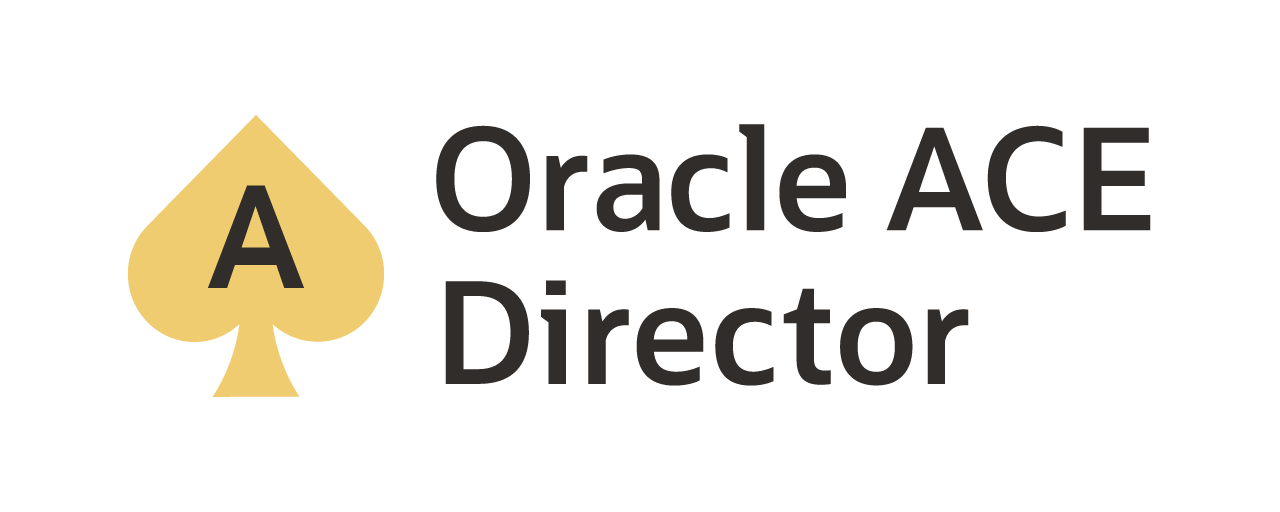#GoldenGate Bound Recovery
Every once in awhile when I restart an extract, I see entries in the report file that reference “Bounded Recovery”. What exactly is “Bounded Recovery”?
First, keep in mind that “Bounded Recovery” is only for Oracle databases!
Second, according to the documentation, “Bounded Recovery” is a component of the general extract checkpointing facility. This component of the extract guarantees an efficient recovery after an extract stops for any reason, no matter how many uncommitted transactions are currently outstanding. The Bounded Recovery parameter sets an upper boundary for the maximum amount of time that an extract is needed to recover to the point where it stopped before continuing normal processing.
The default settings for “Bounded Recovery” is set to 4 hours and needed recovery information is cached in the OGG_HOME/BR/<extract name> directory This is verified when I look at the report file for my extract named EXT.
2014-07-21 17:26:30 INFO OGG-01815 Virtual Memory Facilities for: BR anon alloc: mmap(MAP_ANON) anon free: munmap file alloc: mmap(MAP_SHARED) file free: munmap target directories: /oracle/app/product/12.1.2/oggcore_1/BR/EXT. Bounded Recovery Parameter: BRINTERVAL = 4HOURS BRDIR = /oracle/app/product/12.1.2/oggcore_1
According to documentation, the default setting so for “Bounded Recovery” should be sufficient for most environments. It is also noted that the “Bounded Recovery” settings shouldn’t be changed without the guidance of Oracle Support.
Now that the idea of a “Bounded Recovery” has been established, lets try to understand a bit more about how a transaction is recovered in Oracle GoldenGate with the “Bounded Recovery” feature.
At the start of a transaction, Oracle GoldenGate must cache the transaction (even if it contains no data). The reason for this is due to the need to support future operations of a transaction. If the extract hits a committed transaction, then the cached transaction is written to the trail file and clears the transaction from memory. If the extract hits a rollback, then the cached transaction is discarded from memory. As long as a an extract is processing a transaction, before a commit or rollback, the transaction is considered an open transaction and will be collected. If the extract is stopped before it encounters a commit or rollback, the extract needs all of the cached transaction information recovered before the extract can start. This approach applies to all transactions that were open at the time of the extract being stopped.
There are three ways that an extract performs recovery:
- No open transactions when extract is stopped, the recovery begins at the current extract read checkpoint (Normal recovery)
- Open transactions whose start points in the log were very close in time to the time when the extracted was stopped, the extract begins its recovery by re-reading the logs from the beginning of the oldest open transaction (Considered a normal recovery)
- One or more open transactions that extract qualified as long-running open transactions, extract begins recovery (Bounded Recovery)
What defines a long-running transaction for Oracle GoldenGate?
Transactions in Oracle GoldenGate are long-running if the transaction has been open longer than one (1) “Bounded Recovery” interval.
A “bounded recovery interval” is the amount of time between “Bounded Recovery checkpoints” which persists the current state and data of the extract to disk. “Bounded Recovery checkpoints” are used to identify a recovery position between tow “Bounded Recovery intervals”. The extract will pick up from the last “bounded recovery checkpoint”, instead of processing from the log position where the open long-running transaction first appeared.
What is the maximum Bounded Recovery time?
The maximum bounded recovery time is no more than twice the current “Bounded Recovery checkpoint” interval. However, the actual recovery time will be dictated by the following:
- The time from the last valid Bounded Recovery interval to when the extract was stopped
- Utilization of the extract in that period
- The percent of utilization for transaction that were previously written to the trail
Now that the basic details of “Bounded Recovery” have been discussed. How can the settings for “Bounded Recovery” be changed?
“Bounded Recovery” can be changed by updating the extract parameter file with the following parameter:
BR
[, BRDIR directory]
[, BRINTERVAL number {M | H}]
[, BRKEEPSTALEFILES]
[, BROFF]
[, BROFFONFAILURE]
[, BRRESET]
As noted, there are a few options that can be set with the BR parameter. If I wanted to shorten my “Bound Recovery” time and change directories where the cached information is stored I can do something similar to this:
--Bound Recovery BR BRDIR ./dirbr BRINTERVAL 20M
In the example above, I’m changing the directory to a new directory called DIRBR (created manually as part of subdirs). I also changed the interval from 4 hours to 20 minutes.
Note: 20 minutes is the smallest accepted time for the BRINTERVAL parameter.
After adding the BR parameter with options to the extract, the extract needs to be restarted. Once the extract is up and running, the report file for the extract can be checked to verify that the new parameters have been taken.
2014-08-02 22:20:54 INFO OGG-01815 Virtual Memory Facilities for: BR anon alloc: mmap(MAP_ANON) anon free: munmap file alloc: mmap(MAP_SHARED) file free: munmap target directories: /oracle/app/product/12.1.2/oggcore_1/dirbr/BR/EXT. Bounded Recovery Parameter: BRINTERVAL = 20M BRDIR = ./dirbr
Hopefully, this post provided a better understanding of one least understood option within Oracle GoldenGate.
Enjoy!!
About me: http://about.me/dbasolved
Bobby Curtis

I’m Bobby Curtis and I’m just your normal average guy who has been working in the technology field for awhile (started when I was 18 with the US Army). The goal of this blog has changed a bit over the years. Initially, it was a general blog where I wrote thoughts down. Then it changed to focus on the Oracle Database, Oracle Enterprise Manager, and eventually Oracle GoldenGate.
If you want to follow me on a more timely manner, I can be followed on twitter at @dbasolved or on LinkedIn under “Bobby Curtis MBA”.

The foods listed below are recommended during radiation treatment gonadotropins pills over the counter Read the Medication Guide provided by your pharmacist before you start using bupropion and each time you get a refill
Hey! Do you know if they make any plugins to help with
Search Engine Optimization? I’m trying to get my
website to rank for some targeted keywords but I’m not
seeing very good success. If you know of any please share.
Kudos! You can read similar art here: Coaching
I am really impressed with your writing talents as neatly as with the format on your blog. Is that this a paid topic or did you customize it yourself? Anyway stay up the excellent high quality writing, it is uncommon to peer a great weblog like this one these days. I like dbasolved.com ! Mine is: Instagram Auto follow
I’m really inspired along with your writing skills as neatly as with the format to your blog. Is this a paid subject or did you modify it your self? Either way keep up the excellent quality writing, it’s rare to see a nice blog like this one these days. I like dbasolved.com ! I made: Instagram Auto comment